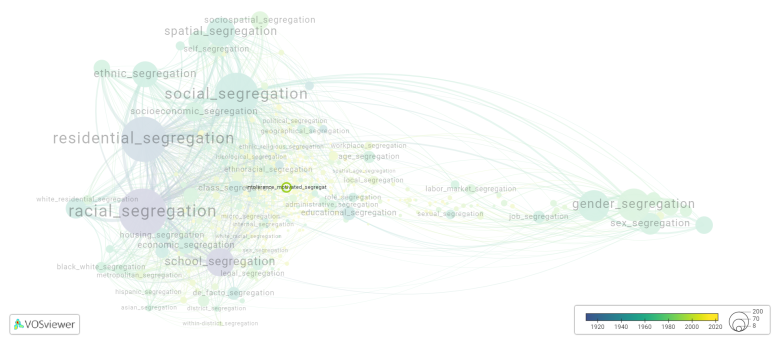Intolerance motivated segregation
Date and country of first publication[1]
2005
Israel
Definition
Intolerance motivated segregation refers to the practice of segregating or separating individuals or groups based on their characteristics, beliefs, or identities due to an intolerance or prejudice towards those characteristics. This segregation can manifest in various forms, such as racial segregation, religious segregation, or discrimination based on gender identity or sexual orientation.
This form of segregation is driven by biases, prejudices, or discriminatory attitudes held by individuals or institutions against certain groups. It often results in the exclusion, marginalization, or unequal treatment of individuals or communities deemed different or "other" by those in positions of power or influence.
Intolerance-motivated segregation can have significant negative consequences, including perpetuating inequality, limiting opportunities for marginalized groups, fostering social division and conflict, and undermining social cohesion and unity. Efforts to address intolerance-motivated segregation typically involve promoting inclusivity, diversity, and equality, as well as combating prejudice and discrimination through education, legislation, and social activism.
See also
Related segregation forms
Intolerance motivated segregation is frequently discussed in the literature with the following segregation forms:
This visualization is based on the study The Multidisciplinary Landscape of Segregation Research.
For the complete network of interrelated segregation forms, please refer to:
References
Notes
- ↑ Date and country of first publication as informed by the Scopus database (December 2023).
Intolerance motivated segregation appears in the following literature
Omer I. (2005). How ethnicity influences residential distributions: An agent based simulation. Environment and Planning B: Planning and Design, 32(5), 657-672. Pion Limited.https://doi.org/10.1068/b31156

